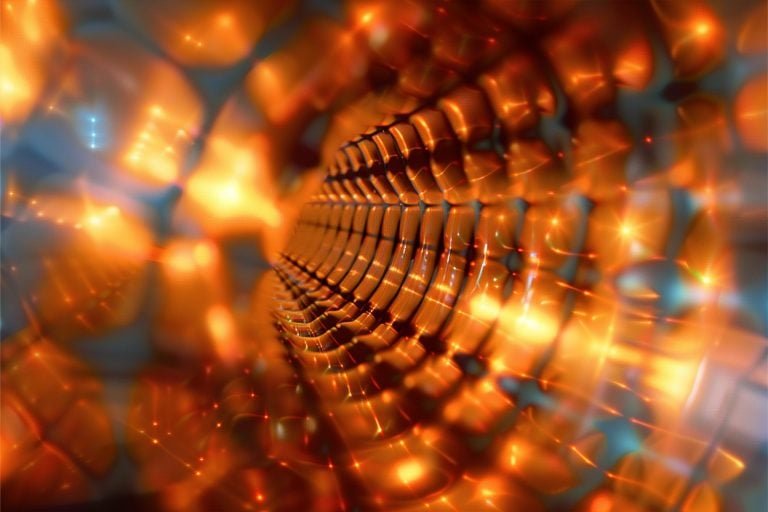Scientists have made a groundbreaking discovery in observing intrinsic magnetic structures in kagome lattices, paving the way for advancements in quantum computing and superconductivity technologies.
Unlocking Kagome Lattices’ Secrets
Researchers from the Hefei Institutes of Physical Science and Anhui University employed cutting-edge techniques, including magnetic force microscopy, electron paramagnetic resonance spectroscopy, and micromagnetic simulations. Their findings, published in Advanced Science, reveal new insights into material behavior governed by electron-lattice interactions.
Kagome Lattices: A Hub for Quantum Phenomena
Kagome lattices exhibit extraordinary properties like topological magnetism and unconventional superconductivity, making them ideal for studying high-temperature superconductivity and quantum computing.
A New Magnetic Array Structure
Using highly sensitive magnetic force microscopy, the team discovered a lattice-modulated magnetic array in Fe3Sn2 single crystals, featuring a unique broken hexagonal structure. Hall transport measurements confirmed topologically broken spin configurations.
Rethinking Magnetic Phase Transitions
Variable-temperature experiments revealed a second-order or weak first-order phase transition, contradicting previous assumptions. The research redefined the low-temperature magnetic ground state as an in-plane ferromagnetic state.
Implications for Quantum Computing and Superconductivity
This breakthrough provides new insights for exploring topological magnetic structures and developing future technologies in quantum computing and high-temperature superconductivity.

















